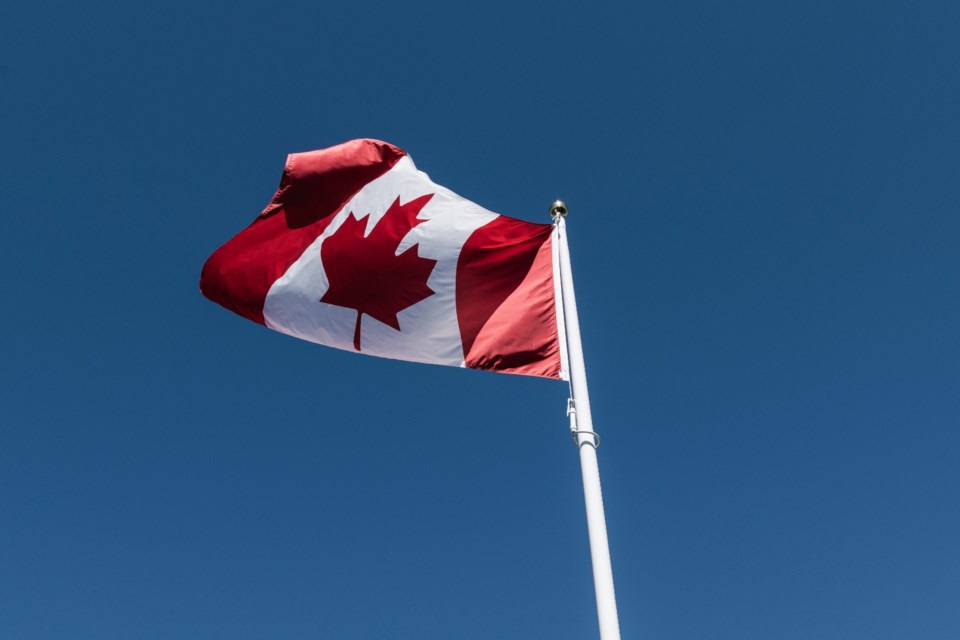In recent years, political discussions have become increasingly polarized, leaving little room for meaningful dialogue. Conversations that once encouraged understanding now often escalate into heated arguments, with both sides becoming more entrenched in their views. I, too, have found myself caught in this cycle—so invested in my own beliefs that I sometimes struggle to truly listen to opposing viewpoints. This growing division reflects a broader disconnect between political leaders and the public they are meant to serve.
This divide is particularly evident in Canadian politics today. With the 2025 federal election on the horizon, Canada finds itself at a crossroads. The political landscape has shifted in ways that are both surprising and unsettling, leaving many to ask: how did we get here? How did we arrive at a point where Canadians are so divided, and where media narratives seem to shape our beliefs more than ever before?
The Influence of the Media
One of the most striking aspects of the current political environment is the role of the media in shaping public opinion. It’s hard to ignore the influence of partisan outlets, which seem more interested in reinforcing existing beliefs than challenging them. Take, for example, the 2024 U.S. presidential election. Left-wing media outlets were almost certain that Kamala Harris would win, and many of us—including myself—bought into that narrative. The media’s influence is undeniable; it's not just about presenting the facts but about framing them in ways that resonate with specific audiences. This trend is hardly unique to the U.S.; it’s becoming a significant force in Canada as well.
It feels as though, in many cases, the media serves more as a guide than a reporter of the truth. Politicians, aware of this dynamic, increasingly tailor their messages to fit the narratives that will resonate with voters, even if those narratives don’t fully capture the complexities of the issues at hand.
Trudeau’s Resignation: A Decade of Change and Struggle
Prime Minister Justin Trudeau has long been the focal point of both praise and criticism in Canadian politics. Hailed as a symbol of progressive values—feminism, diversity, and inclusivity—he positioned himself as the leader who represented the heart of the nation. But his leadership has come under increasing scrutiny in recent years, and his resignation as leader of the Liberal Party signals a significant shift in Canada’s political landscape.
Trudeau’s tenure has seen notable accomplishments—such as advocating for climate change policies, legalizing cannabis, and promoting diversity—yet it has also been marked by serious challenges. His government has faced criticism over issues like housing affordability, immigration, and economic inequality, leading to widespread frustration and disillusionment.
While Trudeau’s willingness to acknowledge some of his government’s missteps was a bold move, it is unclear whether those efforts have been sufficient to address the scale of the problems Canadians face.
With his resignation, Trudeau signals a recognition that the political tides have shifted and that a new leader will be required to address the challenges of the coming years. The Liberals now face the task of finding a leader who can re-establish their political identity and restore confidence in their governance. However, Trudeau’s departure, while notable, may not be enough to undo the growing polarization that has defined his final years in office.
The Tariff War and the Path Ahead
Trudeau’s leadership was also tested by the ongoing trade tensions with the United States, particularly under the looming threat of tariffs from President-elect Donald Trump. While Americans will bear the brunt of these new tariffs, Canada is not immune to their effects.
The Liberal government finds itself in a precarious position, trying to balance the need to maintain strong ties with the U.S. while also defending Canada’s economic interests. These trade tensions will likely remain a key issue in the upcoming election, with many Canadians questioning whether a change in leadership could offer a more effective response to these challenges. While some see Trudeau as a victim of circumstances, others argue that his government’s leadership was insufficient to navigate this shifting global landscape.
The Shift Toward Conservative Leadership
Looking ahead, the Conservative Party is gaining momentum, especially under the leadership of Pierre Poilievre. Recent polling shows the Conservatives gaining ground across the country, with Poilievre’s messaging resonating strongly with many Canadians—particularly those frustrated with the Liberal government’s handling of critical issues.
However, it’s important to recognize that a change in leadership—whether with Poilievre or another candidate—may not solve the underlying issues that have led to the current political climate. Poilievre, if he wins the next election, will inherit the same polarized electorate that Trudeau faced. While some view his leadership as a refreshing change, others fear that it could further deepen the divides rather than heal them. Regardless of who leads, it seems a significant portion of the population will always remain dissatisfied.
The Importance of Cooperation
The reality of Canadian politics today is that, regardless of which party is in power, division will persist. The media will continue to shape political narratives to suit their audiences, and voters will remain polarized on the issues that matter most to them. But this doesn't mean we should accept the status quo. There is still room for cooperation, dialogue, and a more reasoned approach to governance.
While it seems likely that Poilievre’s Conservative Party may secure a majority in the upcoming election, our system of government always the possibility of a coalition government or a confidence-and-supply agreement with the Liberals and other minority parties. This type of governance offers an opportunity to bring together diverse perspectives and create solutions that are more representative of the Canadian public. More collaboration—not more polarization—is what the country needs.
As we approach another election, Canadians face a difficult choice: continue down the path of political division, or demand better from our leaders. The choice is ours, but one thing is certain—the time for change is now.
